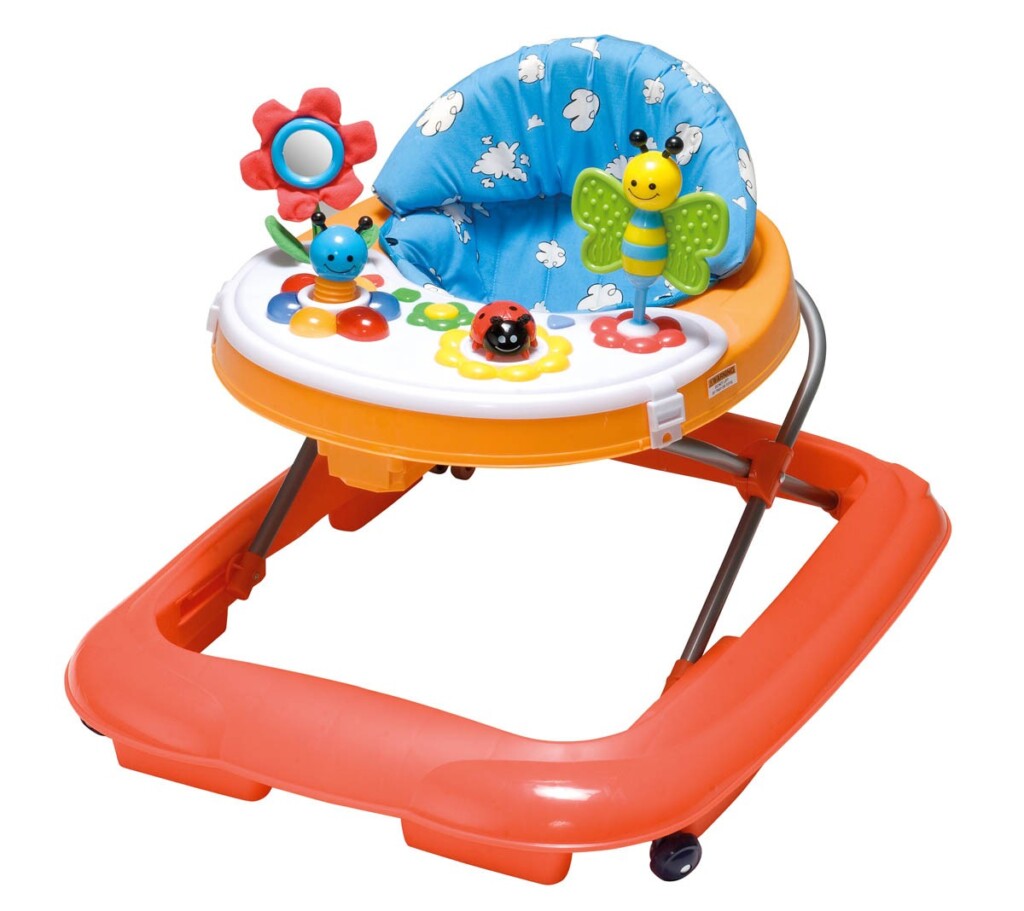This post was submitted and made in collaboration with Dorel.
Whether or not you have’ve a baby before, expecting a child is always a thrilling experience. From the moment the mum shows signs of pregnancy to finally seeing results of your first ultrasound, you’ll be sure to experience great happiness over the wonderful news. However, expecting a baby can also result in some feelings of apprehension—especially for first-time parents.
To be as prepared as possible, it’s always a good idea to start early to be ready for your new bundle of joy by getting a head start in picking out baby clothes, furniture for the nursery room, baby toys and other essentials. Another important thing to note is that you should put as much effort into making sure your home is ready for a new baby.
You can begin childproofing when your toddler becomes a little more mobile and curious of his surroundings. Childproofing is a gradual process that can’t be completed in a single weekend, so it’s best to start thinking about the different ways you can childproof the home before your little one start venturing around.
Here are some things to consider when it comes to childproofing.
Touring the house
Walk through the house as if you it was your first time to see each room and bring along a pen and paper. Notice any sharp angles or wayward electrical cords?
Take as many notes as possible, noting the issues in each room need to be addressed. It’s also a great idea to take another walk around the house—this time on all fours. By crawling around the house, you can have a baby’s perspective of any potential dangers or hazards that you might not notice from an adult’s point of view.
Covering electric outlets
As you take a walk or crawl around the house, you’re bound to notice electrical outlets that may be exposed or not in use. To prevent inquisitive toddlers from accidental electrocution, you should look into covering up the sockets with plug-in caps or replace the outlet covers with specially designed ones that feature a sliding safety latch. By using a safety latch, it also prevents toddlers from removing them on their own.
Keeping kitchens safe
The kitchen is one of the most accident-prone areas in the house due to many possible hazards such as sharp objects, fires and wet floors. Ensure that sharp objects and knives are properly put in a place far away from a child’s reach such as drawers, lessening the chances of these knives accidentally falling if accidentally knocked over. You should also see to it that hot pots and pans are kept away to avoid scalding or burning your toddlers should they accidentally touch these hot items while you’re carrying your baby. Better yet, try to keep your children away from the kitchen by placing them in a safety barrier or specially designed playpen. In fact, it is sometimes best to avoid having children in the kitchen area unless you’re able to supervise them personally. If you don’t already have a safety gate, you can get one from one of the many child safety brands that you can discover on Dorel’s website.
Avoid accidents in the bathroom
According to Better Health Channel, 25% of toddler deaths in Victoria, Australia are caused by drowning in the tub. Adults should always be present with the kids during bath time and be sure to keep the door closed at all other times to prevent children from wandering in. If you usually keep shampoo or liquid soap dispensers at ground level, it may also be a good time to purchase a hanging rack or place them in an area that cannot be accessed by children.
These are just some of the more practical ideas that you should consider when you start thinking about childproofing your home. As mentioned previously, you don’t need to rush and get everything done in one sitting – it can be a gradual process where you work on each room whenever possible.
Have you childproofed your house? Let us know in the comments if you have any other practical tips for budding parents who want to make their homes as safe as possible.



I’ve spent my fair share of time crawling around the house trying to locate potential hazards. Sharp edges are definitely important to keep an eye on. I did find some solid advice to locate choking hazards with a child proofing infographic. “If the item is small enough to fit through an empty toilet paper roll tube, it is a choking hazard.” I’m on a one woman mission to create a safe home.